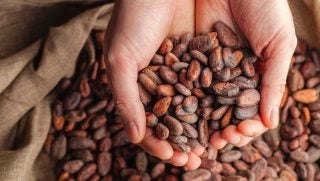With the increase in wet weather this spring, the Delaware Department of Agriculture has issued a warning to producers to not let their livestock fill up on buttercups. The bright yellow flower may look pretty across pastures, but it can be toxic to livestock and horses that ingest it.
According to the Kentucky Equine Research, buttercup contain ranunculin, a glycoside that forms the toxic blistering agent protoanemonin when the plant is chewed. The oil can irritate the lining of the horse’s mouth and digestive tract. Owners may see blisters on the horse’s lips, swelling of facial tissue, excessive salivation, mild colic, and diarrhea with blood. In severe cases, buttercup ingestion can lead to skin twitching, paralysis, convulsions, and death.
Cattle will generally avoid eating buttercups, according to the University of Tennessee. But if grass is in short supply, they will turn to the weeds. If consumed, it can cause oral and gastrointestinal irritation in cattle and other livestock.
The North Carolina Extension says herbicides registered for use on grass pastures that contain 2,4-D will effectively control buttercup. However, legumes such as clovers interseeded with grass pastures can be severely injured or killed by the herbicides. For optimum results, apply a herbicide in the early spring (February – April) before flowers are observed, when buttercup plants are still small and actively growing.


